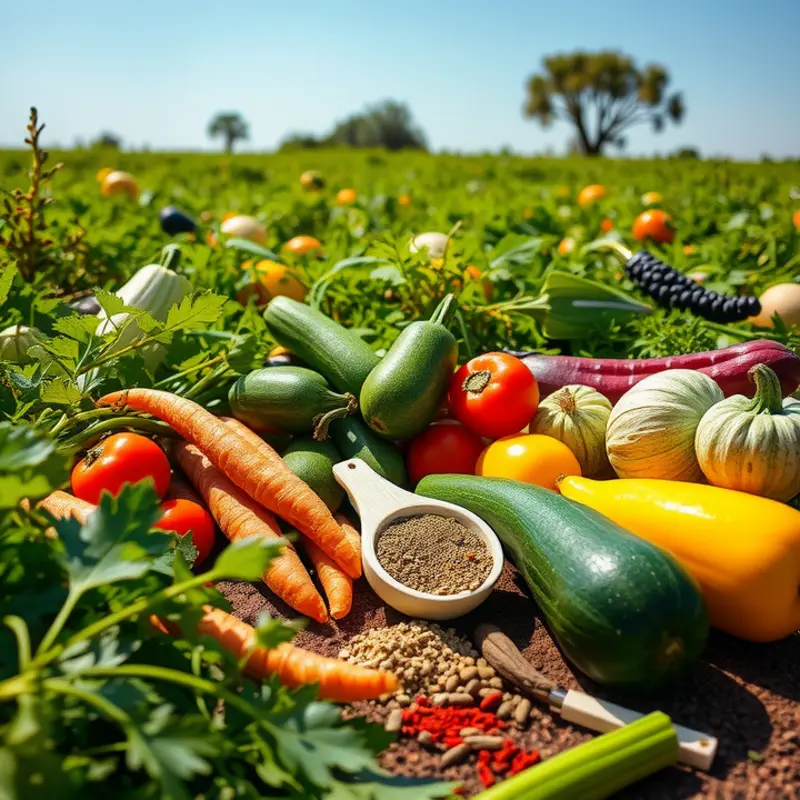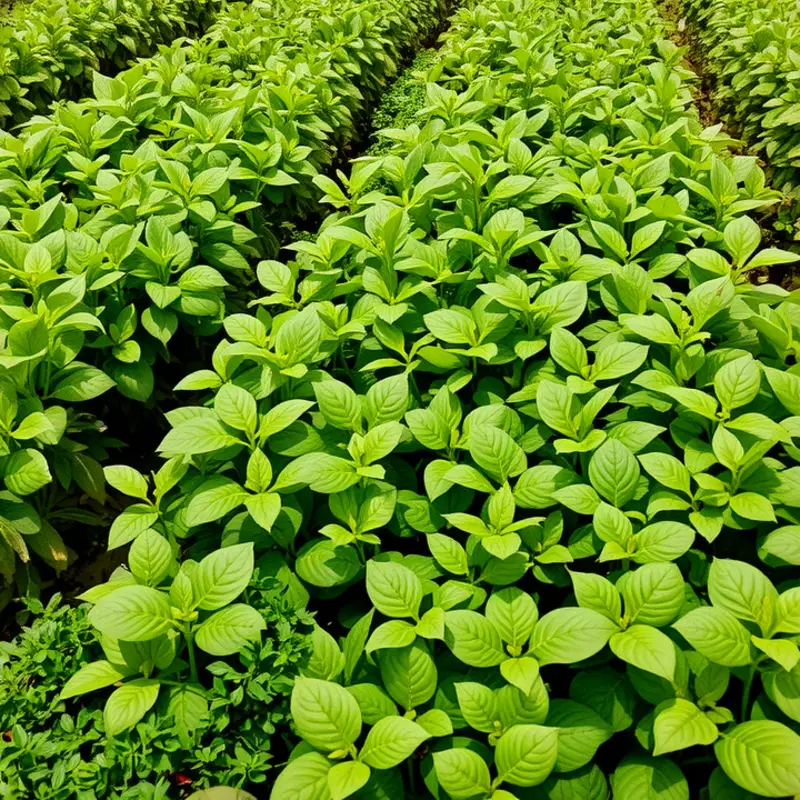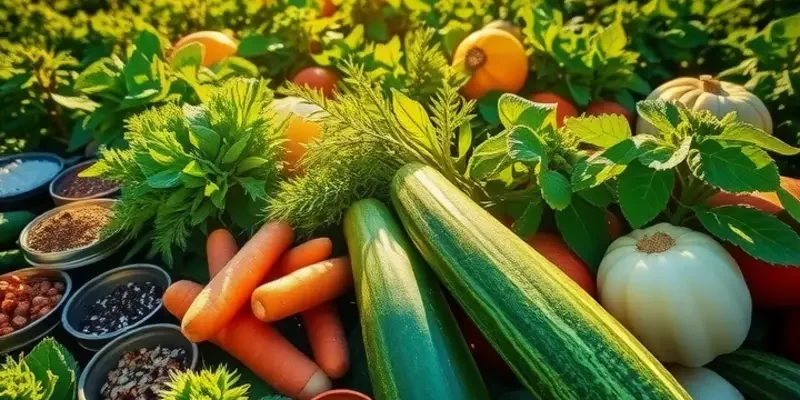Stews are among the most cherished staples across various cultures, embodying centuries of tradition and comfort. From the aromatic spices of a Moroccan tagine to the rich, hearty flavors of a Chilean cazuela, these one-pot wonders provide a window into the soul of their regions. They tell stories of ingredients sourced from local landscapes and reflect the communal spirit of sharing a meal. Set off with us on a flavorful adventure as we explore incredible stews that not only nourish the body but also convey the cultural heritage of their origins.
Moroccan Tagine: A Symphony of Spices

In the vibrant world of Moroccan cuisine, few dishes capture the essence of the country’s culinary artistry like the tagine. Named after the distinctive, conical ceramic pot in which it is slow-cooked, the tagine is more than just a meal; it’s a feast for the senses. The dish harmoniously blends a melody of spices with a variety of ingredients, creating a rich tapestry of flavors that tell a story of trade, tradition, and cultural connections.
The foundation of this dish lies in its vessel. The tagine pot, with its tall, pointed lid, allows steam to circulate, slowly braising meats and vegetables to tender perfection. This method of cooking ensures that each morsel absorbs the aromatic spices that Morocco is famed for. Cumin, coriander, ginger, turmeric, saffron, and cinnamon blend together, infusing the stew with their warm, earthy notes. The use of spices in Moroccan tagines is a reflection of the country’s history as a hub of trade, where spices were exchanged as much for their flavor as for their medicinal benefits.
A typical tagine might feature succulent lamb or chicken, accompanied by a medley of vegetables such as carrots, squash, and potatoes. Dried fruits like apricots or raisins often make an appearance, contributing a touch of sweetness that balances the savory. Olives and preserved lemons add a punch of acidity, enhancing the dish’s complex flavor profile. The ingredients are as varied as Morocco’s landscape, each contributing to a chorus of tastes and textures that is distinctly north African.
The cultural significance of the tagine extends beyond its ingredients. In Moroccan households, meals are a communal affair, reflecting a deep-rooted tradition of hospitality and community. Sharing a tagine is an invitation to connect, to join in a communal experience that nourishes both body and soul. Each bite is a reminder of the warmth and vibrancy of Moroccan culture, from the bustling souks to the serene desert landscapes.
Moroccan tagines are also adaptable, reflecting an inclusive culinary tradition where new influences are harmoniously merged. Whether enjoyed in a bustling Marrakech eatery or lovingly prepared at home, the tagine remains a cornerstone of Moroccan cuisine, celebrating the rich aromatic tapestry of spices. For those interested in exploring similar dishes from around the world, understanding the global culinary influences of trade can provide further insights into how flavors traverse borders, enriching our palates and cultures.
In a world that increasingly embraces convenience, the tagine serves as a gentle reminder of the joys of slow cooking—a transformative process that layers flavors and textures over time. Whether you’re savoring a tagine in a Moroccan home or attempting to recreate it in your own kitchen, the dish promises a journey into the heart of Morocco, where each spice tells a tale of its own.
Chilean Cazuela: Comfort in a Bowl

Chilean cazuela is a culinary embodiment of simplicity meeting flavor, offering a glimpse into the heart of Chilean family life. This traditional stew is deeply rooted in the country’s diverse agricultural heritage, showcasing a rich mix of ingredients often found in local kitchens and markets.
The cazuela, typically composed of beef, chicken, or even fish, combines with a variety of fresh vegetables such as corn, potatoes, and pumpkins. What sets it apart is the harmony created by these components, each maintaining its integrity while contributing to the overall umami profile of the dish. The broth is both savory and nourishing, infused with herbs like cilantro, adding a refreshing finish that elevates the dish from simple comfort food to an experience in cultural tradition.
Preparation of a classic cazuela begins by simmering meat in water, releasing rich flavors as it cooks. Vegetables are added at various intervals based on their cooking times, ensuring perfect tenderness and flavor retention. This method allows each ingredient to enhance the broth without becoming overpowered, striking a balance between boldness and subtlety. For those interested in reducing food waste while preserving flavors, there are useful tips for safer storage of sauces that could be applied to storing your homemade cazuela.
In Chilean households, cazuela is more than sustenance; it is a shared communal experience. Families gather around bowls brimming with warmth, often garnished with a sprinkle of fresh herbs or a dollop of spicy pebre to tailor the flavor to personal tastes. Each spoonful provides comfort, resonating with the rhythm of everyday life in Chile.
Variations of cazuela reflect the country’s regional diversity. In the Andean highlands, cazuela may feature lamb or llama meat, while coastal versions might incorporate seafood, tying the dish to the abundance of Chile’s lengthy coastline. These regional adaptations not only highlight the versatility of the cazuela but also signify cultural nuances that prevail across different landscapes.
On a cultural level, cazuela is often associated with fond memories of gatherings and celebrations. It is frequently prepared during national holidays, embodying a symbol of Chilean identity and pride. As the cazuela simmers, it fills homes with an inviting aroma that unfurls stories of traditions, family bonds, and the continuity of cultural heritage.
Whether enjoyed in an urban Santiago apartment or a rural southern village, Chilean cazuela remains a testament to how transformative simplicity can be. It is a dish that reminds us of the importance of fresh ingredients, patience in cooking, and the irreplaceable value of meals shared among loved ones. Each version of cazuela, from the humblest to the most elaborate, tells its own story in the grand tapestry of Chilean cuisine.
Final words
As we journey through the world of regional stew dishes, it becomes apparent that these hearty meals are much more than just food; they are a reflection of the diverse traditions and cultures that shape them. Every spoonful tells a story of history, community, and the ingredients that abound in local landscapes. Whether it’s the spicy warmth of a Moroccan tagine or the comforting hug of a Chilean cazuela, stews enchant our palates and soothe our souls. Embracing these culinary delights opens doors not just to new tastes, but to deeper understanding and appreciation of the rich cultures they originate from.








